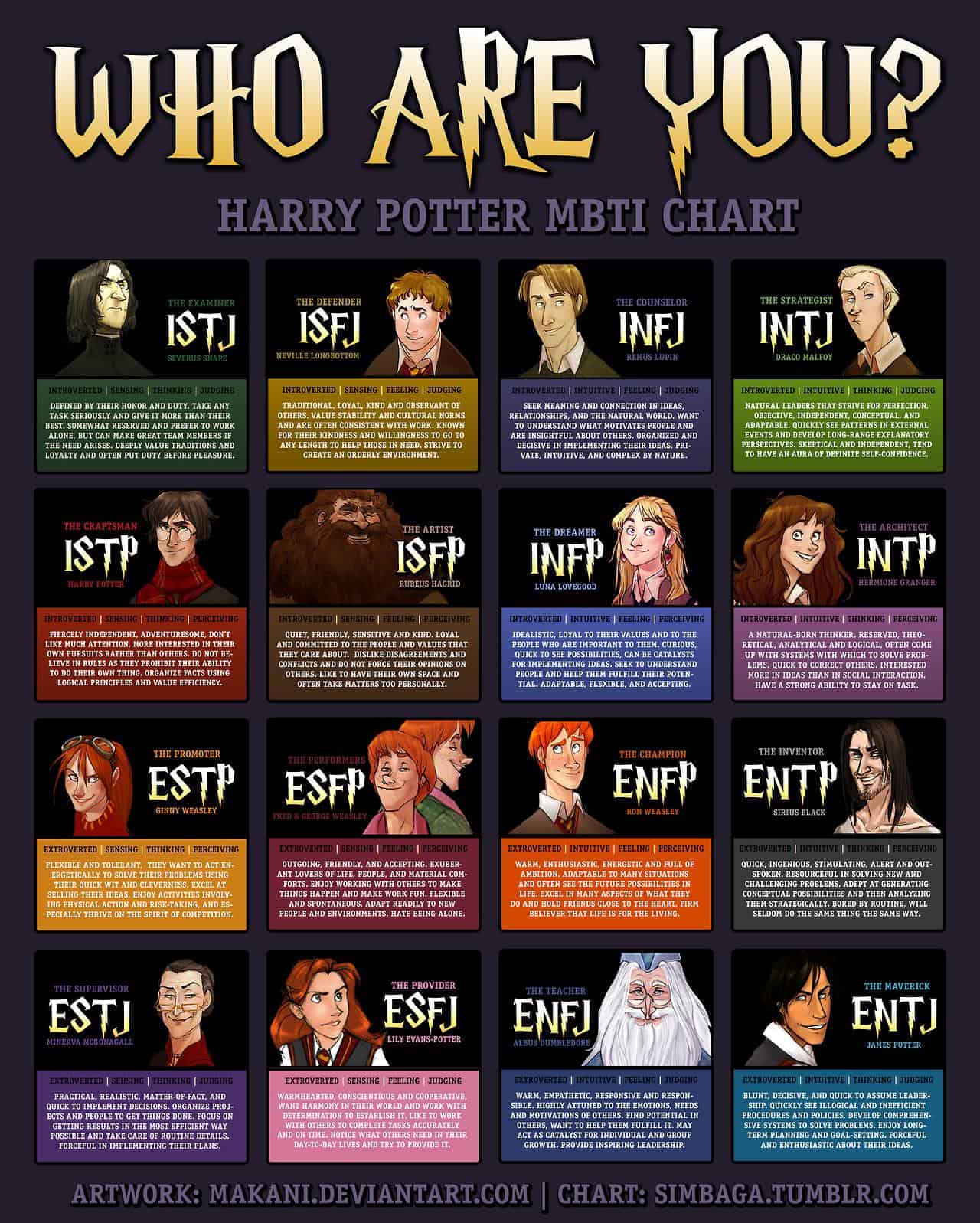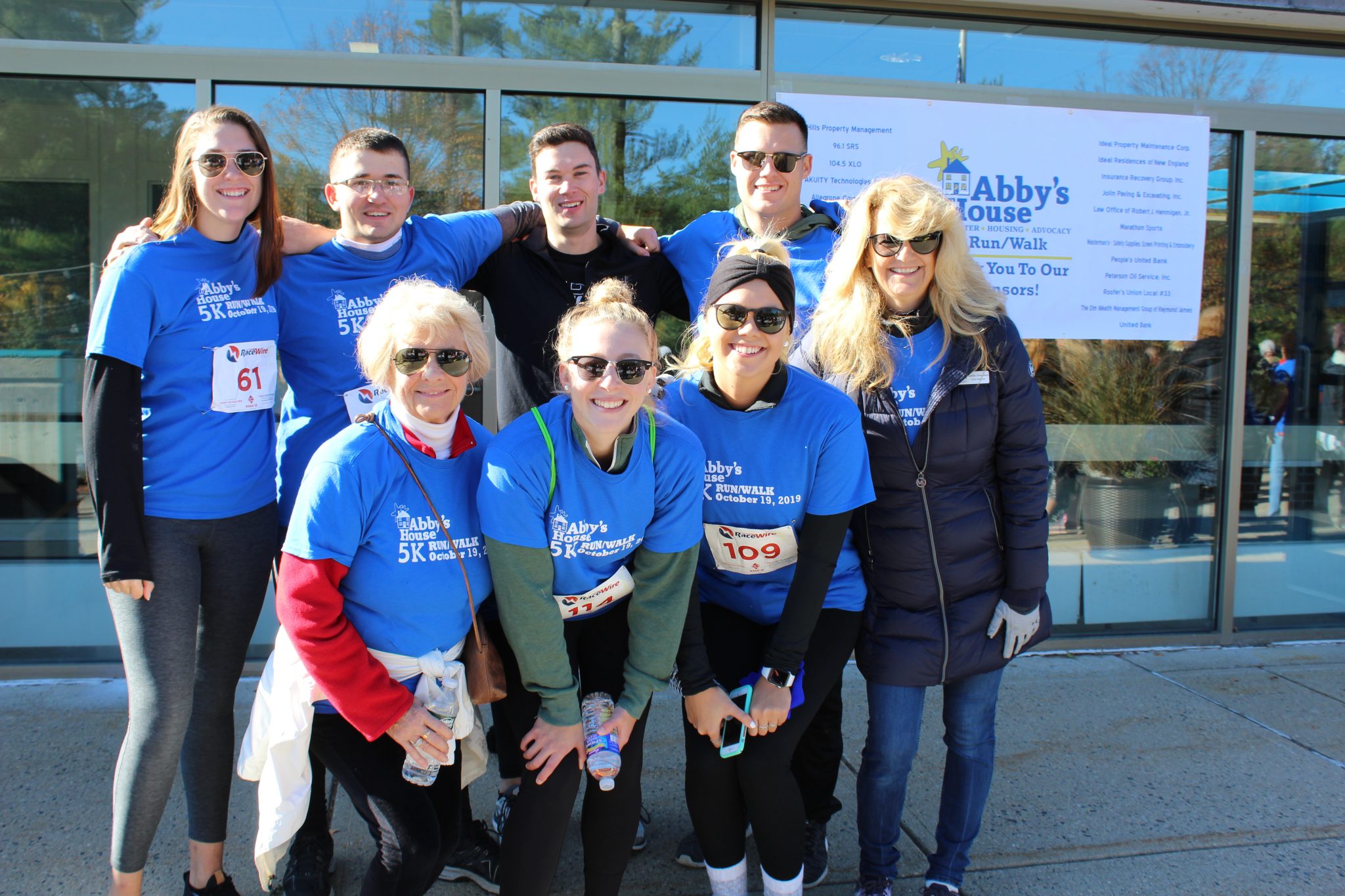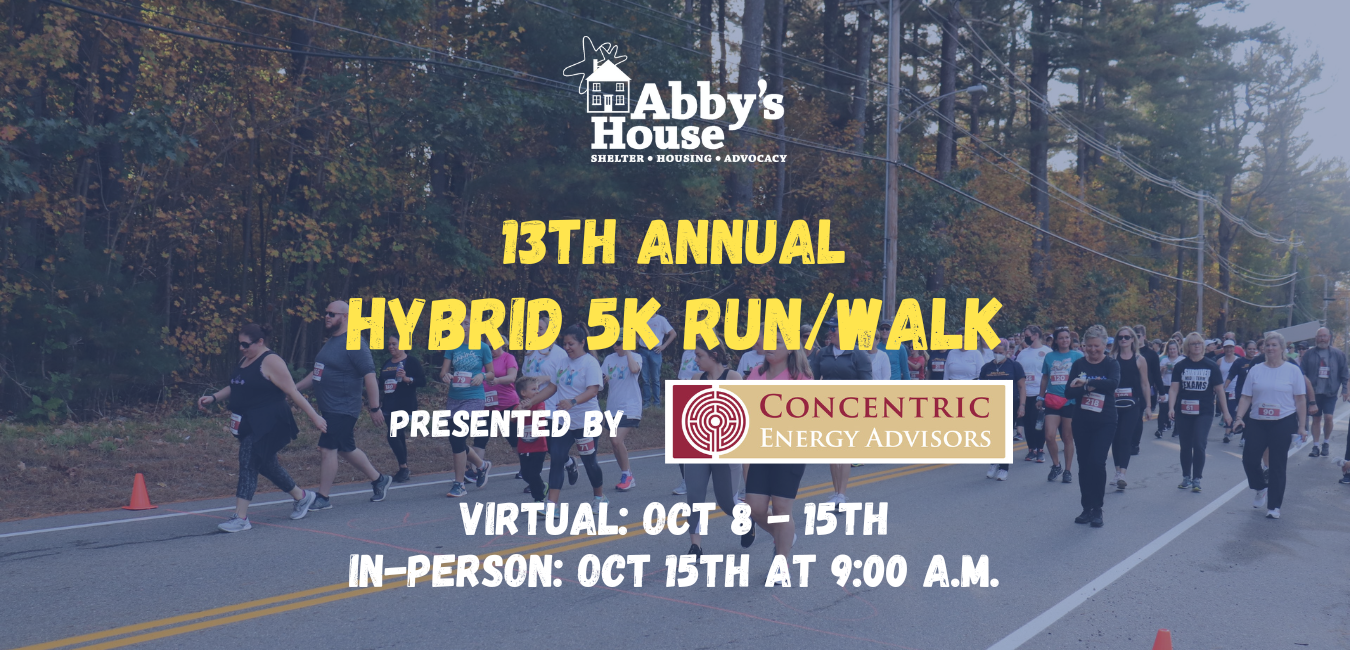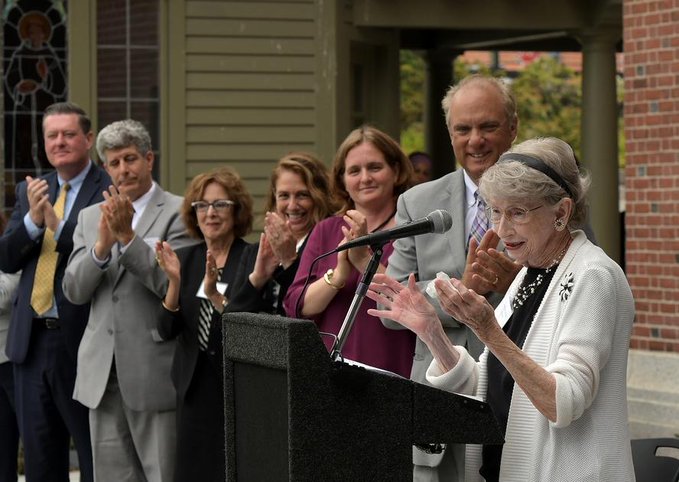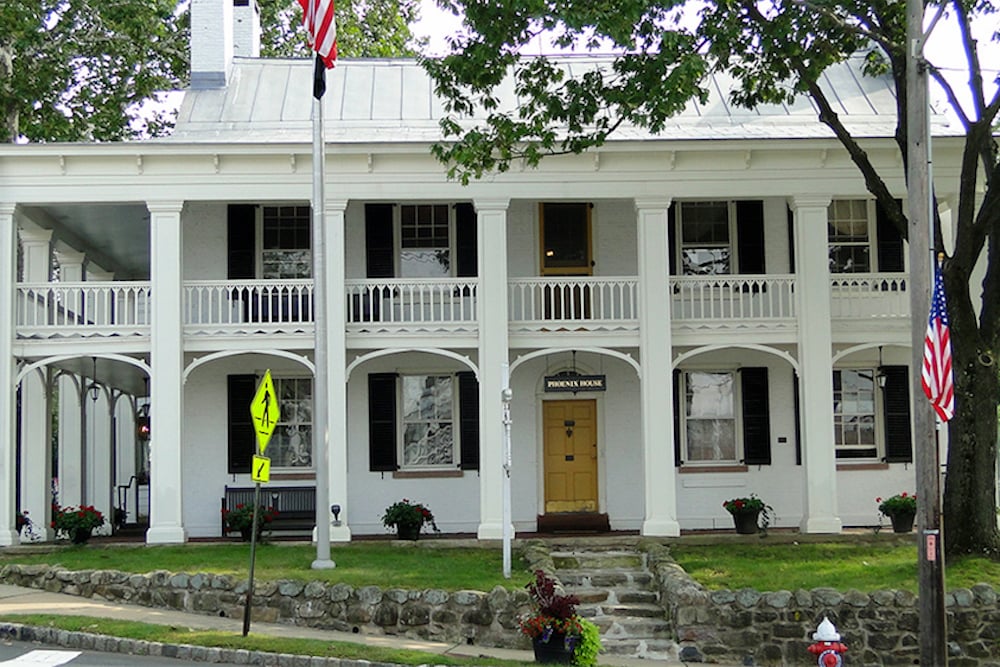Table Of Content

They are strategic thinkers, always planning their next move and seeking ways to achieve their goals. In Slytherin, students learn the importance of ambition and the power of determination. The house encourages its members to strive for greatness and to never settle for mediocrity. Slytherins are taught to be resourceful and adaptable, using their skills to navigate the challenges they face and seize opportunities for success. The house of Ravenclaw values individuality and encourages its members to embrace their unique strengths and talents.
Interesting Fact About Hogwarts Houses:
Conversely, most people who desired a particular House were sorted into that House (see Table 3). Figure 2 shows the posterior distribution over the mean for each dependent variable and House, together with the 87% credible interval of the posterior predictive distribution. This distribution quantifies the uncertainty about a yet unseen data point for a particular House and dependent variable, given the data we have observed. Note that there is considerable uncertainty, indicating that, if one’s (somewhat quixotic) goal is to predict a person’s personality score, House is not of particular predictive utility. Table 4 displays the descriptive statistics, the correlations among the personality traits, and Cronbach’s α, an estimate of internal consistency (Cronbach, 1951; Cronbach & Shavelson, 2004). In contrast with Crysel et al., (2015), all measures showed excellent internal consistency indices, improving scale reliability.
Hogwarts Houses Decoded
The members of this house are known for their kindness and compassion, always willing to lend a helping hand to those in need. Hufflepuffs value fairness and equality, treating others with respect and acceptance. Their house traits are easily admirable, but intelligence without compassion can create monsters.
Magical Mischief
The Harry Potter franchise uses the Hogwarts houses as a bit of a shorthand for how much you should like the best Harry Potter characters. If a member of the Harry Potter cast ends up in the dreaded Slytherin, for example, then you can expect them to do something awful. However, if someone wears the red of Gryffindor, they’re a hero you’ll be rooting for throughout the Harry Potter movies in order.
Ravenclaw: The House of Wisdom and Intellect
In conclusion, the Hogwarts Houses offer a fascinating glimpse into the diverse traits and identities of the students within them. From Gryffindor’s bravery to Ravenclaw’s wit, Hufflepuff’s loyalty to Slytherin’s ambition, each house has its own unique qualities that shape the characters in the Harry Potter series. These houses teach valuable lessons about courage, intelligence, kindness, and ambition, reminding us of the importance of embracing our own strengths and individuality.

Notable Hufflepuff alumni
The Best (And Worst) Hufflepuff Traits — Best Life - Best Life
The Best (And Worst) Hufflepuff Traits — Best Life.
Posted: Wed, 24 Jan 2024 08:00:00 GMT [source]
This Harry Potter house is all about loyalty and friendship, and members are known for their generous spirits, even when someone has wronged them — but that doesn't mean they're pushovers. The Sorting Hat (a magical artifact that figures out where student belong) assigns the characters their houses based on what they value more than what they are. This makes the educational system a major aspect of the original story, including how the students learn and develop. Whether you’re a Gryffindor, Ravenclaw, Hufflepuff, or Slytherin, the Hogwarts houses offer a unique way to connect with the world of Harry Potter.
INFPs are also known for their sensitivity and can have emotional responses to their environment. They are also idealistic and empathic and desire deep, profound connections. INFPs tend to be very rare, so they may feel lonely or invisible at times. Ultimately, think of Gryffindors as the types who would say, “Challenge accepted” whenever they are dared.
For this situation to happen, the remaining House (e.g., Hufflepuff) would only need to score substantially lower on this variable (see Appendix 1 for a simulated example). Thus, this statistical approach could provide misleading results under specific (but not unlikely) circumstances. We recruited participants through social media (Facebook, Twitter, and Reddit), private contacts, and student e-mail groups. Of the 988 participants who took part in our study, 91 participants were excluded for not meeting the age criterion of 18 years, and one for indicating an age of 122.
Slytherin house is represented by, you guessed it, a serpent, with silver and emerald green as its colors. Professor Severus Snape serves as the Head of the House for Slytherin. The common room and dormitories are situated under the lake, near the dungeons. Students in Gryffindor are known for their courage, bravery, and determination. They are likely the type to stand up for those who can’t defend themselves. They may also be the type to challenge authority and tend to act before they think.
Be sorted, earn house points, debate which actor portrayed Dumbledore the best and finally get some closure for your Post-Potter Depression. The ISTJ type’s extroverted version, the ESTJ is known as the Executive. ETSJs make use of their understanding of right and wrong and what is socially acceptable to bring everyone together. They value honesty, dedication, and dignity and are valued for the same reasons. Also described as the Campaigner, ENFPs are the types to embrace big ideas and actions. These ideas and actions tend to reflect their sense of hope and goodwill toward others.

Hufflepuffs are the types who work hard and are incredibly loyal to their friends. They believe in fairness and inclusivity and desire an environment where everyone feels seen and accepted. They may also be the type to have a strong moral compass while also having the best snacks. One example of this was Neville Longbottom, who was known to be shy and forgetful.
This hypothesis is based on human values (Table 2) being more closely aligned with House descriptions as reflected in the Harry Potter books. Therefore, we aim to investigate whether identification processes could relate to the theory of Basic Human Values (Schwartz, 1992; Schwartz & Bilsky, 1990). Additionally, values are thought to be universal across cultures, and the theory of Human Values may be a useful framework for understanding a person’s identification with fictional elements. To our knowledge, the relation between Human Values and the identification with fictional elements has not been explored in the literature before. Each house has its own unique common room, colors, and mascot, and students are sorted into their respective houses based on their personality traits and values.

